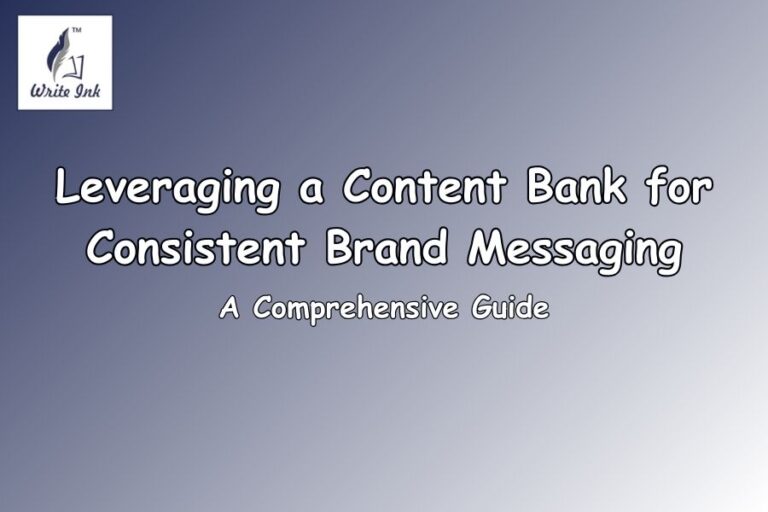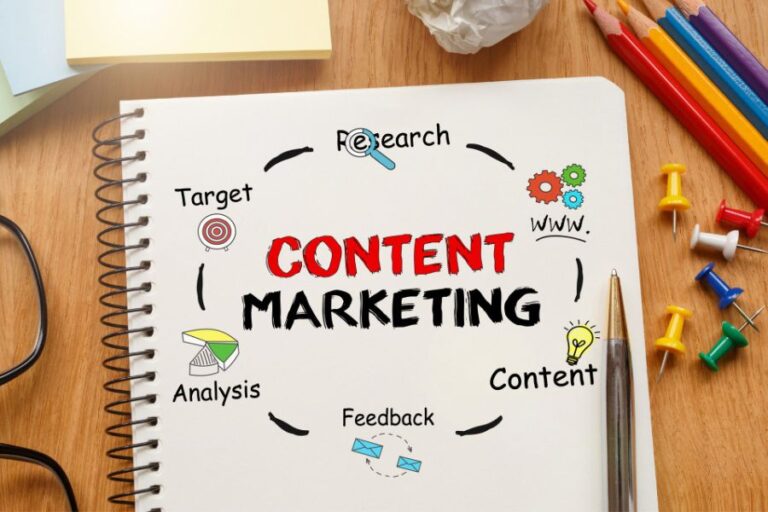The Art of Persuasion: Mastering the Power of Copywriting
Understanding the power of copywriting
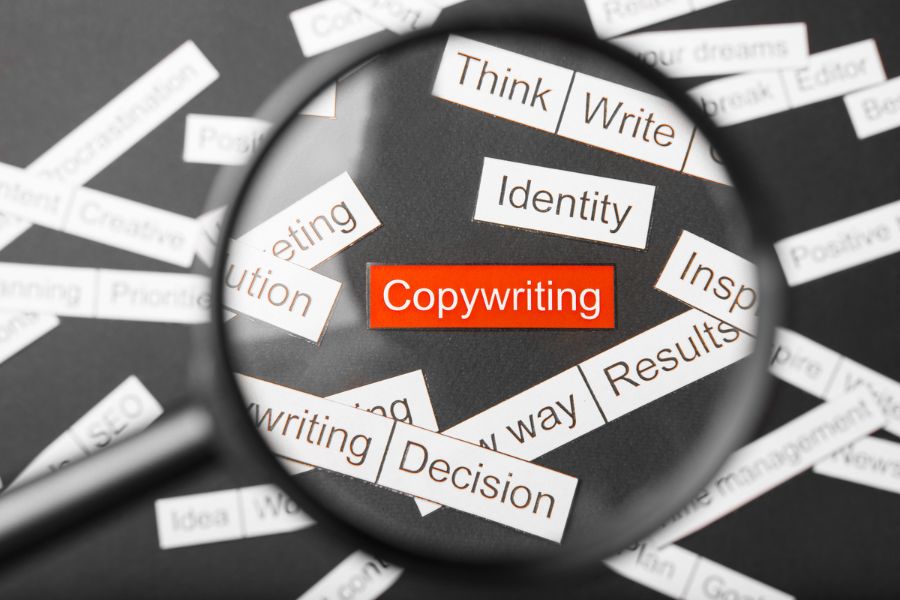
Copywriting is a pre-eminent weapon when it comes to the advertising and marketing industry. Every single product or service that we use is sold to us. However, the decision to buy it is governed not only by our needs but also by how it is marketed to us. It’s no secret that the market is thriving with all kinds of products and services directly addressing our needs, so how do we choose. ‘the one’? Well, that decision is made based on the features that entice or persuade us the most; that’s copywriting doing the trick!
Copywriting is text or, as we call it, ‘copy’ written for a product or service to ensure it garners the audience’s attention and converts them to potential customers. It’s a fact that conversion is the sole purpose of copywriting. Look closely at an advertisement or post that markets a particular product or service. What do you observe? At the core of it, there is persuasion. The entire text echoes a request, maybe hidden or direct, which asks you to take action. The art of persuasion is infused effectively and gracefully when writing a copy. It is often said when you ask, you often receive. That’s what copywriting entails. They ask you to try, use or check the mentioned products or services, and that is not a direct ask; they wrap it with driven content, call to action and enticing features to ensure you agree.
Copywriting is a very tactically planned technique for influencing people. It involves thorough research to understand the audience’s needs and, thereby, a compelling psychological play of words to target those needs for effective results. We at Write Ink understand the unmatched power of copywriting, and here we present some copywriting tips that will effectively boost your business!
The psychology of persuasion

Persuasion is at the core of copywriting. The human brain perceives information in a particular way; persuasion is one way of conveying information and making the audience take the desired action. It is interesting to note that persuasion is an art and a science. It is making use of this science to one’s advantage. It uses the emotional card, as our emotions are a significant driving force influencing our decisions. It’s not unethical till it is within healthy boundaries. The main agenda is to form a connection between your brand and the customers, which needs emotional appeal, which can happen via persuasion. Once the emotional appeal is felt, putting forth a solution for the customer’s problem and enticing them to take action in favour of your brand is the process.
While writing a copy, you can’t directly make a demand; instead, you must put the proposal in ways that persuade the audience. It never comes across as direct persuasion, but rather, indirect ways to influence and persuade the customer’s psyche and persuade them. The emotional connection is the key to persuasion, and that can happen via weaving resonating narratives via storytelling, using power and trigger words and making it all about the audience. All these aspects make the customer feel essentially connected and instantly persuade them.
Vital elements of persuasive copywriting

Persuasive copywriting requires building an emotional connection and trust, which can be achieved by incorporating certain elements that instantly and directly persuade the customer to go for your brand. Consistent with your content, you must convey to the audience that you are true to your customers and your brand, thereby creating a sense of credibility and authenticity. Also, putting social proof in the form of testimonials and customer reviews adds credibility. Offering a solution or some subscription, discounts, or offers may lure the customer to get persuaded, as reciprocity is a substantial value often upheld by most. Creating a sense of urgency by putting forth scarcity and limited stocks adds to the quality of exclusivity and the feeling of acquiring before it runs out, making the customer take action quicker.
Also, prompting the audience to take action through a powerful call-to-action helps to convince them further. Directing the customer’s focus towards all the benefits they can reap from your product or service is also imperative. However, while employing all the stated elements, your target audience is the most important thing to consider. How you apply these elements to your copy will significantly change concerning different audience groups. Providing reliable and authentic information through your copy helps build authority that establishes your brand to the customer. Repetition is yet another key, as repeating the crucial bits of your copy to the customer is necessary so that they retain it, and it creates an impression that lasts longer.
Thus, that’s the psychology of persuasion: you prove your worth, make the customer the king and offer them a solution to their problems.
Crafting compelling headlines
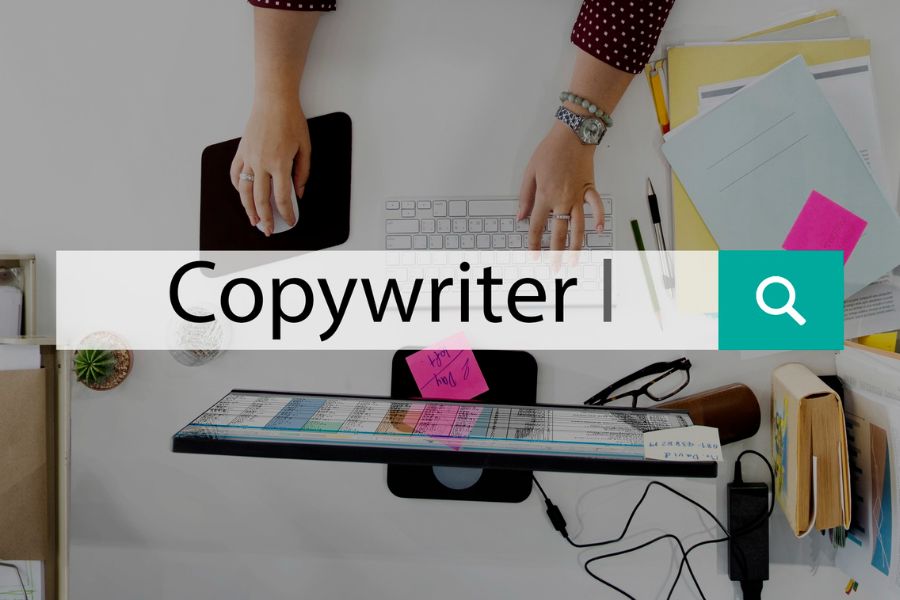
Headlines are a pivotal aspect of copywriting. It is the headlines that first and foremost garner the reader’s attention. Your headlines need to instantly strike a chord with the audience that makes the audience stop and look at what is there for them. A headline is a hook that helps have a firm grip over the audience; only then can the magic of copywriting be genuinely unveiled. Your heading needs to be packed with action words, instant promise for solutions and a great emotional appeal!
Consequently, optimising the headline with relevant keywords and technicalities guarantees further success. The main agenda behind persuading your audience is to convert them to potential customers, which requires a certain sense of assurance from your end, which a compelling headline can do for you. Headlines aim to make your customers pause and look. Because of the plethora at one’s disposal, you better compel them to look no further.
Using storytelling to engage your audience
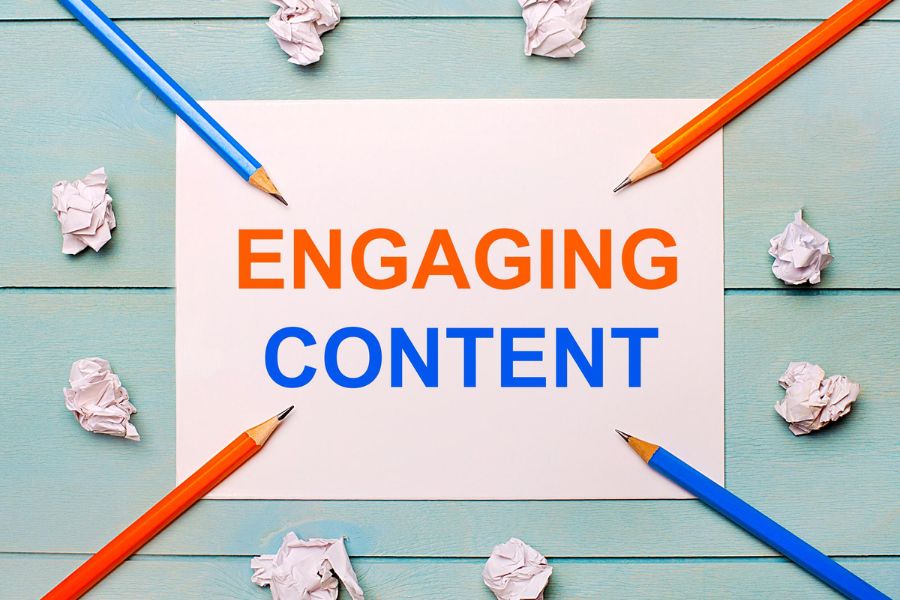
A story can never fail to grab your audience’s attention. A narrative has insurmountable power to make the audience feel connected and heard. When you narrate a story, you essentially take elements from real life, anecdotes that sound similar, characters that resonate, emotional triggers that everyone deals with, and problems and resolutions that the audience connects with. Due to their relational aspect, stories never strike a chord. Your copy, if it translates the story of the audience incorporating the nuances and elements of the brand, will be retained as they want to know more about it.
Keeping the structure in a way where you have a main character (who should be the audience), a conflict (the problem or demand of the audience), and a resolution (your product or service) is the key to good copywriting. This basic structure makes the audience feel it’s their story being narrated, resonating with them, instantly emotionally connecting and persuading them to take action.
Creating a sense of urgency in your copy

A typical psychology we apply in our daily lives is deadlines and urgency; as soon as we realise that something needs to be done within a specific time frame or urgently, the urge to do it escalates compared to any routine or relaxed situation. A deadline will instantly make you work faster and submit that assignment, which you must have procrastinated for weeks. The same sense of urgency is employed in copywriting as that catalyses the conversion process effectively.
Using deadlines here also helps. Letting your customer know that the product or service is available at a particular price or for a limited time will make the audience take action immediately instead of giving more thought to it and deferring. Conveying limited stocks being available also gives out a sense of exclusivity and even a fear of missing out, so the audience feels an urgency to take action. Even time-based language laced with incentives drives conversion to a great extent. Copywriting examples showcasing urgency may look like, ‘50% discount for first fifty customers’, ‘discount remains till stocks last’, etc. That indeed will create that sense of urgency and make one take action.
Call-to-action strategies for maximum impact
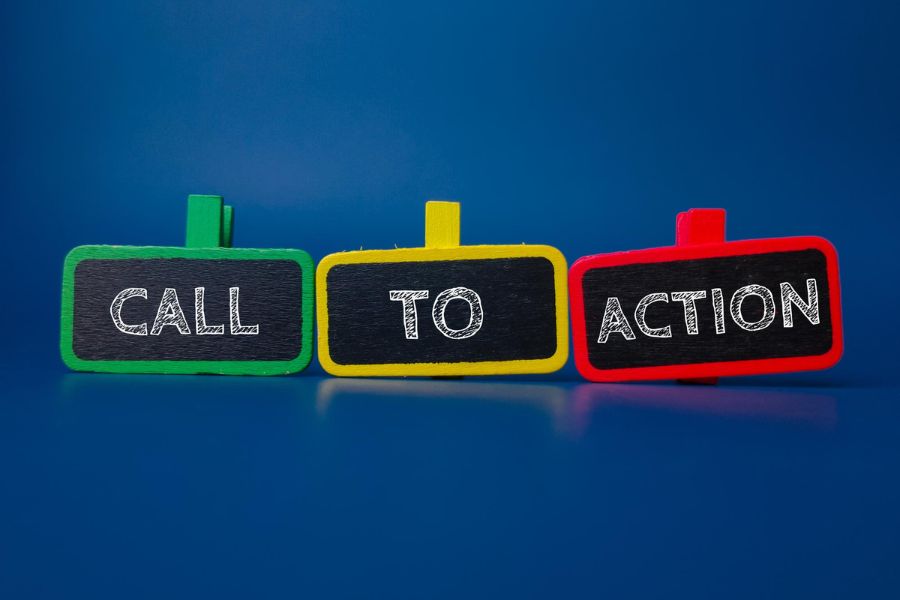
Once you have compelled and engaged the audience, listed solutions to the audience’s problem in the form of benefits of your products/services and created a sense of urgency, it’s time to hammer the final nail and ask the audience to take the desired action. That’s precisely what the role of call-to-action is in copywriting. Prompt the audience to take the action you want them to undertake directly and fulfil the aim of creating the entire copy. The whole context is built for the audience for the call-to-action throughout the copy; the premise helps them decide whether they want to take action.
Once that premise is in place, it is now time to directly state what you want the audience to do, through which the audience will further benefit. It requires using power and action words to create an emotional appeal and a sense of urgency, persuading them to take action. ‘Register now for more information.’ ‘Subscribe to our newsletter for more such secrets to increase productivity.’ ‘Grab your chance and enrol now to witness the transformation you await.’ These calls to action are directly packed with solutions, emotion, and enthusiasm that will drive the audience. We all must have come across such lines, and it indeed makes us take that action, as it persuades us to be beneficial for us.
Copywriting tips for different mediums (websites, emails, social media)

Copywriting is entirely about conversion, but how you write your copy differs from medium to medium. The mediums dictate different vibes, purposes, and agendas, and one needs to match that along with all the imperatives of copywriting we have discussed to see the magic of copywriting unfold.
A website is often the entry point for the audience where they get to know in detail about the brand, the product/service, values, aims and objectives, etc. It is the first impression, a digital business card fully elaborating all the customer needs to know about you. This information has to be framed enticingly and compellingly so their attention and interest are retained to learn more about your brand.
On the other hand, social media is more often used for user engagement, and here, the copy needs to be short, precise, entertaining and crisp. The language can be more informal, conversational and emotional, which helps to create a connection between the brand and the audience and further helps convert the audience into potential customers. CTAs should be incorporated as social media is quick-action oriented, so the CTAs become more effective.
An email helps give out precise details and is one more step towards creating a connection with your audience. Addressing the recipient by their name, having a clear, compelling and concise subject line that aptly conveys the email’s subject, and adding CTAs are imperative when composing a copy for email.
Copywriting tools and resources for success

Copywriting, as we now understand, is the cornerstone of marketing. It has to be on point, and you can’t go wrong here by any chance. Composing the perfect copy and acing all copywriting tips may seem daunting, but we have you covered! The Internet is rife with abundant tools and resources that will surely aid you in producing the best copy that compels and converts.
Grammarly is a saviour in content creation, as it keeps those writing errors at bay. Hemingway Editor is another helpful tool that helps remove jargon and make recommendations that make the content more audience-friendly and engaging. Ahrefs, SEMrush and Google Keyword Planner, are indispensable tools, as your copy without the keywords has a lesser chance of being visible. Using Thesaurus.com and Dictionary.com is good practice to have an outstanding word stock so you don’t run the risk of sounding repetitive and monotonous. One can look for other Internet tools to make copywriting a cakewalk!
Conclusion

With that, we come to the end of an enticing piece of information on the power of copywriting. We at Write Ink create exemplary copies that compel and convert, driving your business. Visit our website and social media handles to know more.
FAQs (Frequently Asked Questions)
What is copywriting, and why is it essential for businesses?
A: Copywriting is the strategic crafting of persuasive text (copy) to promote products or services. It’s vital for businesses as it influences consumer behavior, driving sales and brand engagement.
How does copywriting utilize psychological principles for persuasion?
A: Copywriting taps into psychological triggers like emotion, urgency, and social proof to influence consumer decisions. By understanding human behavior, copywriters can create compelling messages that resonate with their target audience.
What are the key elements of persuasive copywriting?
A: Persuasive copywriting includes elements like emotional connection, credibility, social proof, urgency, and a strong call-to-action. These elements work together to compel readers to take action.
How can storytelling enhance the effectiveness of copywriting?
A: Storytelling in copywriting creates a relatable narrative that resonates with the audience, fostering emotional connections and engagement. By framing the brand’s message within a compelling story, copywriters can capture attention and drive action.
What tools and resources are available to improve copywriting skills?
A: There are various tools like Grammarly, Hemingway Editor, and keyword research tools like Ahrefs and SEMrush that can assist in refining copywriting skills. Additionally, utilizing dictionaries and thesauruses helps expand vocabulary and enhance writing quality.
Image Reference: Freepik
Disclaimer: All trademarks, logos, and brand names are the property of their respective owners. All company, product, and service names used in this website are for identification purposes only. Use of these names, trademarks, and brands does not imply endorsement.




